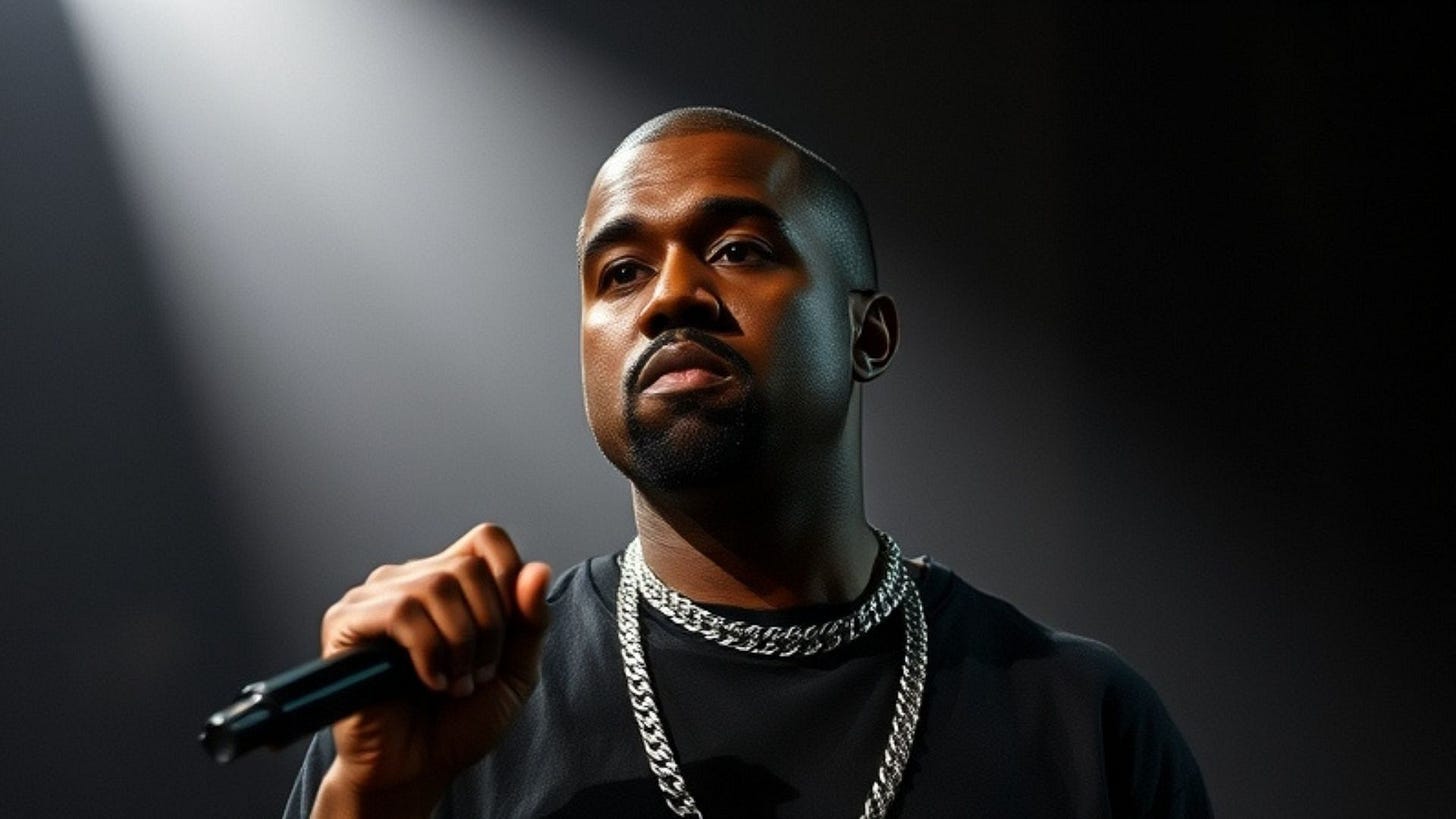Attention Whore or Mastermind? Decoding the Dark Art of Attention Theft in Marketing
In the modern-day context, the most precious capital happens to be attention. With each of the various social media platforms deluging into an endless spree of information, the knack of holding the audience's gaze has become much bolder for brands, influencers, and even celebrities. Enter the concept of attention theft-a term describing the increasingly aggressive and often inflammatory means of breaking through the digital noise. But where's the line between a clever marketing genius and an attention whore? This article will decode the dark art of attention theft in marketing and explore how some of the most successful campaigns today straddle this fine line.
The Era of Attention Theft
Attention theft is an approach that includes outreach with disruptive, unconventional methods, and even shocking ways to hijack the audience's attention. It's all about creating content that is provocative or unexpected in such a way that people cannot help but stop, stare, and engage. Think of viral stunts, meme hijacking, or campaigns that use shock value to get people talking.
One of the most infamous examples of attention theft came from Burger King. In 2018, they ran an ad campaign using Google Home devices around the world, playing their ad when people said, "Okay Google, what is the Whopper? " It was brilliant. But also very invasive-consumers were literally having their own homes turned against them as a way of getting the Burger King brand inside their minds. It immediately sparked discussions over privacy, advertising ethics, and of course, how brilliant Burger King had been.
But how much is too much? How do brands ensure they don't cross into "attention whore" territory-where the tactics start to feel desperate, self-serving, or even annoying?
The Attention Whore vs. Marketing Mastermind Debate
While attention theft can be a powerful tool, it can easily veer into attention whoring-a term often used to describe anyone or anything that craves attention without offering value. It's the difference between creating content that resonates deeply with the audience and being the loudest in the room just for the sake of being heard. For instance, Kanye West has been continuously criticized for his provocative behavior, which many have viewed as a desperate cry for attention in the most extreme manner possible. From a marketing perspective, though, Kanye is a genius. Whether it's interrupting award shows or making shocking statements on social media, his antics always lead to huge media coverage and public discussions, pushing his brand into the spotlight.
Love him or hate him, Kanye's capability to make headlines indicates how to expertly hijack people's attention.
Similarly, Elon Musk's Twitter can be a mix of brilliance and controversy. His tweets tend to bring about heated debates, always stealing attention whether they were business-related or personal opinions. Musk is a master of the attention theft game, knowing just how to make the world stop and listen, often at the risk of being labeled an "attention whore."
The Fine Line Between Genius and Desperation
But what makes attention theft effective, though, is in its ability to balance risk and reward. When brands or individuals use shocking tactics or make controversial statements, there's always a chance of it backfiring. For every successful campaign that steals the spotlight-think Old Spice's "The Man Your Man Could Smell Like", which went viral for its absurd humor and unpredictability-there are countless failed attempts that feel forced or desperate.
The trick is to make sure attention theft isn't just about being noticed, but about creating something substantial, which actually resonates with the audience. Take Nike's "Dream Crazy" ad featuring Colin Kaepernick, for example. This captured attention because it was an ad that generated controversy, but also did something more: it communicated a strong and powerful message about social justice. The attention wasn't merely stolen; it was earned through authenticity and clarity of message.
How Brands Can Master the Art of Attention Theft
To master attention theft without becoming an attention whore, brands need to focus on the following principles:
Know your audience: great attention theft is all about fitting rather than loudness for loudness's sake. The challenge lies in knowing what is important to your audience and building strong messages that truly resonate. In 2023, Twitch and Discord stood above the crowd, leveraging this with great levels of game community value and culture.
Create Value, Not Noise: Shock and disruption are valid only if they lead to something meaningful. There needs to be a clear goal of what the brand wants to achieve beyond mere attention, whether awareness, brand loyalty, or sales.
Be Authentic: Attention theft can be quite transparent and artificial. If a brand does an outrageous stunt to get a bunch of attention that doesn't align with its core, the audience will likely see right through it. More often, successful campaigns simply reflect a brand's real identity-which is a large part of what will make it stand out in an authentic way.
Leverage Pop Culture, But Don’t Overdo It: Tapping into viral moments or memes can be a great way to grab attention. However, when done poorly or without relevance, it can seem like a cheap gimmick. Brands like Wendy’s and Taco Bell have perfected the art of meme-jacking without falling into the “attention whore” trap.
The line separating attention theft from being an attention whore is a thin one, and the best marketers walk it with finesse. By pushing boundaries, being authentic, and offering value, brands can steal the spotlight without looking desperate. Attention theft, when done right, can turn a brand from a background noise maker into a cultural phenomenon.


